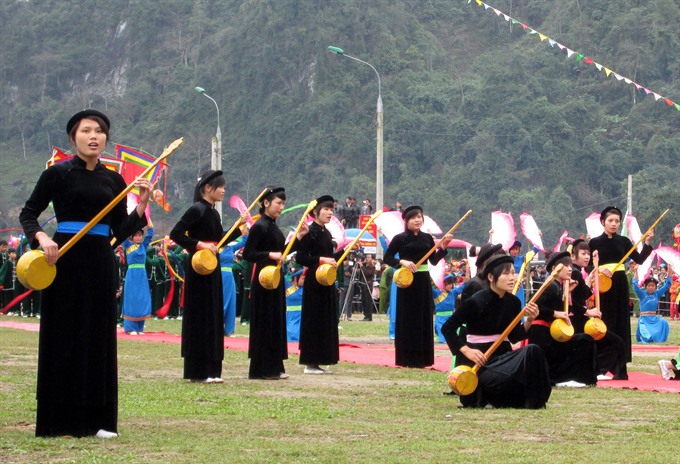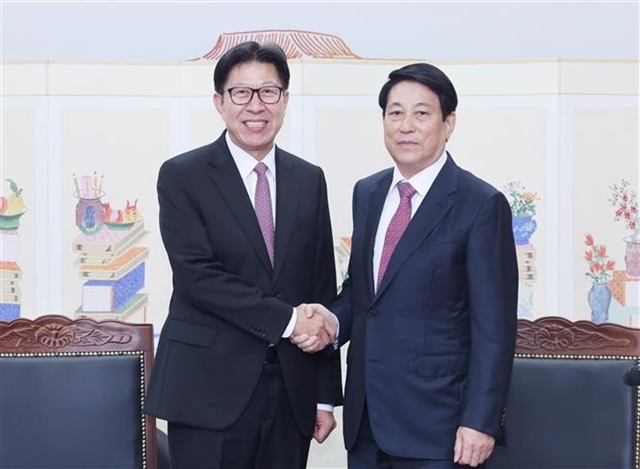 Life & Style
Life & Style

VN seeks UNESCO recognition for ethnic ‘Then' singing
 |
| Vocal chords: Việt Nam will submit dossiers for UNESCO recognition of the ’Then’ Singing practiced by Tày and Nùng ethnic people in Việt Nam as a world intangible cultural heritage. —VNA/VNS Photo Cường Hằng |
HÀ NỘI — Việt Nam will submit dossiers asking UNESCO to recognise the Tày and Nùng ethnic people’s Then Singing Practice as a world intangible cultural heritage before March 31, according to the government office’s official document.
The UNESCO committee requires that the participants be local people. However, as no northern mountainous art forms have been recognised by UNESCO, the filing process has faced many challenges, according to Rector of the National Academy of Music, Nguyễn Bình Định.
One of the advantages of the filing process is that several local thầy then (then master), religious rituals related to then singing are still practiced; artifacts and documents in Tày-Hán language are still preserved in families with then singing tradition, said Định.
Besides, translating then songs from Tày ethnic language to Việt language also poses a difficulty, because even those who can speak Tày language can hardly translate these songs. Many lyrics use old Tày language while translation also requires certain level of understanding and knowledge of religion, ritual, ethnicity, said Định.
Then singing is a form of art combining literature, music and dancing that has long been a religious and cultural practice of Tày, Nùng, Thái ethnic groups in the northern mountainous area of Việt Nam.
The form of singing is practiced in five northern provinces of Cao Bằng, Bắc Kạn, Lạng Sơn, Tuyên Quang and Hà Giang. The Tày, Nùng and Thái ethnic groups sing then in special occasions, such as village festival days.
It is said to have first appeared in the late 15th century Mạc Dynasty. Legend has it that, in Mạc Dynasty, there were two kings named Đế Phụng and Đế Đáng who had special love for music and singing. The two kings invented a handmade gourd lute called đàn tính or tính tẩu and established two singing troupes to serve royal court. Ordinary people found it interesting and started learning it. Eversince, this form of singing has been preserved till today. —VNS




